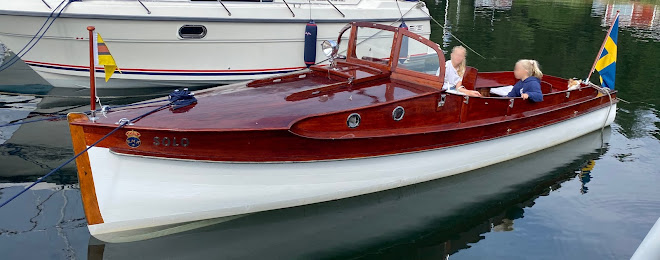How do you lift a 130 kg engine out of a boat?
I'd never handled a combustion engine before, and wasn't sure how I'd go about getting it out of the boat. I have a 20 hp Yanmar GM-3 diesel engine, weighing about 130 kg dry (more with oil). I've seen engines in ads resting on pallets, but I don't know how regular people normally move them around.
My original plan was to use the mast crane to lift the engine, but I didn't have time to do that before taking the boat out of the water for the winter.
Plan B was to ask the boat wharf to use their tractor to help me, but they didn't want to (they didn't have the administration set up to charge individual members for help).
Then I spent some time building a simple, temporary "boat house" out of lumber scaffolding covered with a tarp.
Plan C was to use lift the engine, hanging it from the wooden scaffolding, then pull out the boat (which is on a boat trailer), lower the engine onto a movable trolley, move the engine, and then back up the boat into the boat house again.
I bought a trolley intended for moving furniture I think, rated for 400 kg (this one from Bauhaus, 529 SEK, €52) and a block and tackle set with 4:1 gearing (this one from Jula, 299 SEK, €29):
When I tried lifting the engine, the scaffolding proved too weak, and it was difficult to hoist it with the slippery nylon rope, and despite the 4:1 force reduction it was still quite heavy.
So I reinforced the wooden frame and bought a winch with a 4.1:1 gearing (
this one from Jula for another 300 SEK, €30). So the total gearing with the winch pulling om the rope to the block and tackle should be about 4 * 4 = 16. So lifting 130 kg should require about 8 kg of force compared to 33 with just the block and tackle:
I screwed the winch onto the wooden frame that I was lifting the engine from (the wooden frame, the winch on the left, block at the top:
I only found one good lifting attachment on the engine, so I used two strong straps (as used to tie down cargo) that I tied around the engine (the red blanket is to prevent the engine from hitting and damaging the wooden parts of the boat):
I was concerned that something (scaffolding, rope, knots, screws, rope, ...) would break. If the engine had come crashing down onto the boat the boat might have been damaged beyond repair.
Well, this is a project full of "firsts" for me, so I went ahead:
Fortunately it went well. I had even calculated the lifting height properly so the engine passed above the bench at the rear of the boat.
I lowered the engine to just above the trolley, then unscrewed the rubber dampened motor mounts from the boat, mounted the four engine mounts to two pieces of lumber so the engine wouldn't topple over om the trolley.
All this with the generous assistance of my wife and 13 year old son.
Hopefully I'll be able to sell the engine to help fund the project.
Since the engine lift about three weeks ago, I've been planning the electrical parts, ordering and receiving most components, designing and ordering circuit boards and making a 3D model of the inside of the boat hull where the motor and battery will go using 3D reconstruction from photos taken with my iPhone. More on all that in future posts! Stay tuned.









Comments
Post a Comment